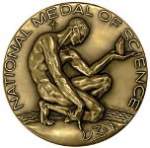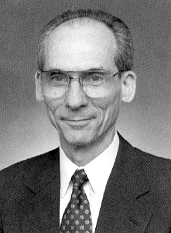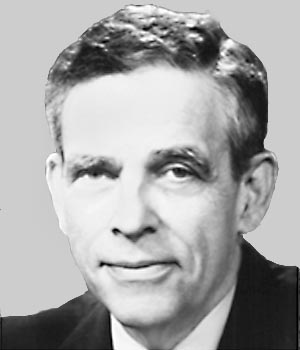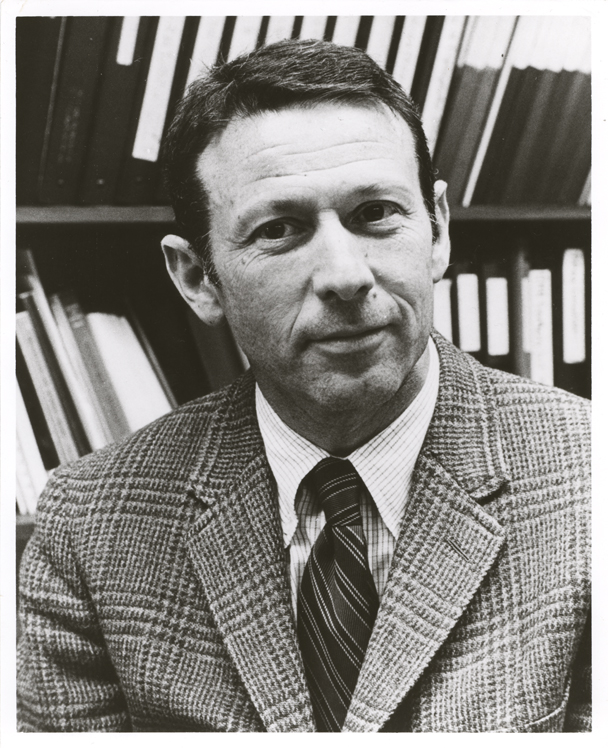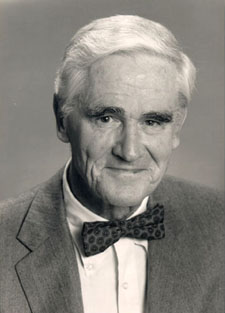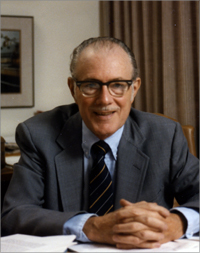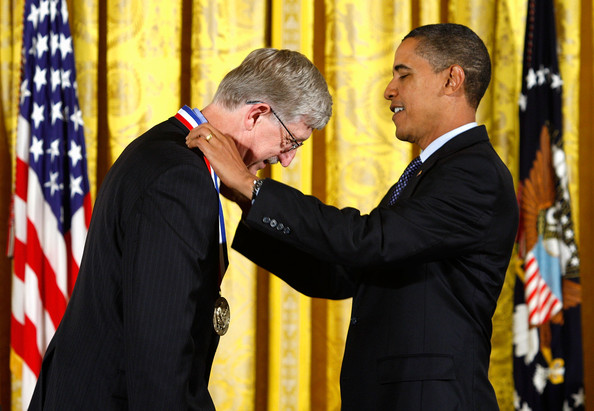Norman Foster Ramsey National Medal of Science Awarded In 1988
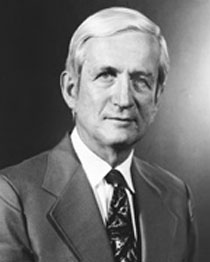
Norman Foster Ramsey
Award Name : National Medal of Science
Year of Award : 1988
Award for : Physics
Location : Washington, D.C., Washington, D.C., United States
Norman Foster Ramsey was an American physicist. He was awarded the 1989 Nobel Prize in Physics for the invention of the separated oscillatory field method, which had important applications in the construction of atomic clocks. Ramsey shared the prize with Hans G. Dehmelt and Wolfgang Paul. Norman Foster Ramsey was born in Washington, D.C on August 27, 1915. Early in the 20th century, physicists began to decipher the structure of atoms from measurements of the wavelengths of light they released and absorbed, a method called atomic spectroscopy. In 1937, the physicist Isidor Isaac Rabi of Columbia University developed a means of studying atoms and molecules by sending a stream of them through rapidly alternating magnetic fields. In 1989 he won the Nobel physics prize for "the invention of the separated-oscillatory-field method and its use in the hydrogen maser and other atomic clocks." He has also received the Presidential Certificate of Merit, the E.O. Lawrence Award, the Davisson-Germer prize, the IEEE Centennial Medal, the IEEE Medal of Honor, the Rabi prize, the Rumford premium, the Compton medal, the Oersted Medal, and the National Medal of Science. He died on November 4, 2011, Wayland, Massachusetts, United States.
